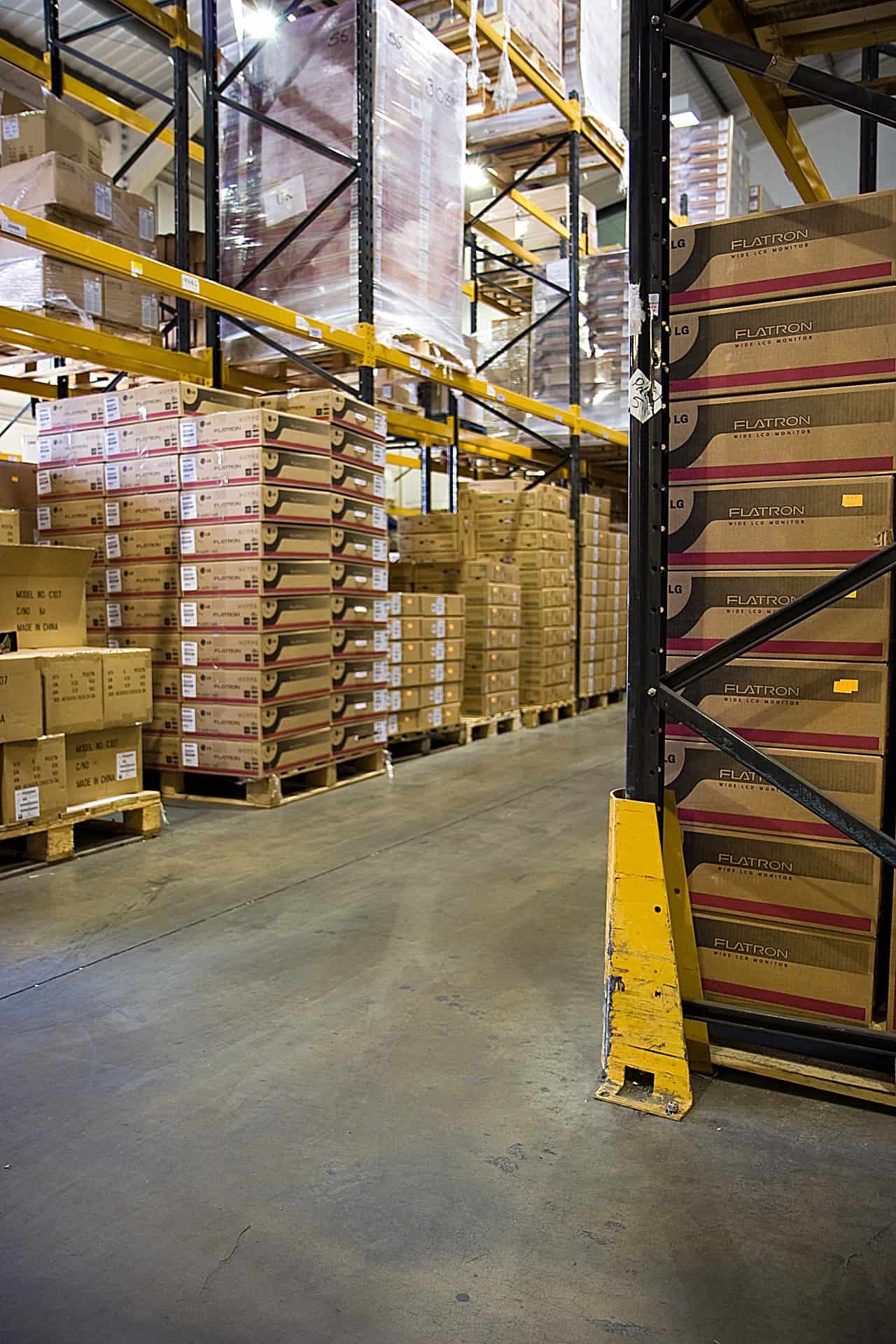If businesses hope to keep up with consumers’ demand for goods, they must maintain adequate levels of inventory at all times. Failing to do so can lead to stock outs, which are alternatively expressed as stock-outs and stockouts as well.
Regardless of how you spell the term, stock outs pose a serious risk to customer satisfaction and business continuity. This guide is designed to help you avoid the dangers of stock outs.
Below, you can learn about what they are, what causes them and how to avoid them. Let’s start by defining stockouts and exploring what exactly they are.
What Is a Stock Out?
The phrase stock out is simply another term to describe out-of-stock inventory. Reducing stocks is a common practice as it helps to avoid the storage of unneeded inventory.
If you maintain too much inventory, you will incur additional warehousing and storage charges. Conversely, if you lower inventory by too much, you will put yourself at risk of experiencing a stock out.
Due to the complexities of managing inventory, many businesses use the services of a freight broker or third-party logistics (3PL) provider. Still, these services do not completely prevent you from encountering a stock out.
Only wise inventory management practices and in-house preventative measures can protect you from these shortages.
What Causes Stock Outs?
Stock outs can be caused by many different issues:
- Production delays
- Supplier turnover
- Missed shipments
- Offloading delays at ports
While these challenges are sometimes unavoidable, you can mitigate their impacts by collaborating with other members within your supply chain. For more information on this topic, check out this FreightWaves guide to improving supply chain collaboration.
How Stock Outs Affect Your Business
Stock outs can yield some very serious repercussions for your business. Most notably, stock outs can prevent customers from obtaining sought-after products and goods.
If these shortages continue for prolonged periods of time, customers can become extremely dissatisfied, with some choosing to take their business elsewhere. Ultimately, stock outs can negatively impact your bottom line.
Less product means reduced sales and an increasingly smaller profit margin. To reiterate, the longer a stock out lasts, the more severe the impacts become. Therefore, you must proactively work to avoid stock outs, which you can do by using the tips outlined below.
8 Steps For Preventing Stock Outs
By leveraging the following eight steps, you can reduce the likelihood of stock outs and possibly prevent them altogether.
Step 1: Regular Stock Counts
Conducting stock counts at regular intervals is one of the best ways to prevent inventory shortages. If you determine that stock counts are falling outside of regular or projected thresholds, you can make adjustments before disaster strikes.
Step 2: Master Lead Times
Next, you’ll need to determine what the lead time is on a day’s worth of supplies or raw materials. You should also know the lead time on a week’s worth of supplies. This will help you better understand how quickly you can remedy a stock issue if one occurs.
Step 3: Automate Tasks
If you are still using manual inventory tracking methods, you are setting yourself up for failure. As such, you should replace this inefficient process with automation-focused technologies and inventory management software.
These technologies will reduce the frequency of miscalculations. Furthermore, they will also help you keep an accurate account of inventory at all times.
Step 4: Calculate Inventory Reorder Points
Reorder points are minimum stock thresholds that you do not want to permit to fall below. You should determine what these points are based on the average demand for a product as well as your lead times. This insight will allow you to place new orders and have them arrive before your inventory ever dips below the specified threshold.
Step 5: Use Accurate Demand Forecasting
If you simply reorder the same quantity of a certain good week after week, your inventory will fluctuate wildly throughout the year because customer demand for goods is constantly in flux. You can avoid this inventory management issue by using accurate demand forecasting technologies. These tools will help you predict what the demand will be like in the near future so that you can then order stock accordingly.
Step 6: Use Vendor Managed Inventory
Vendor-managed inventory (VMI) involves sharing purchasing data with your supplier. The supplier uses this data to determine how much inventory they need to keep in stock.
They will maintain a high inventory so that you no longer have to worry about stock outs. When their own inventory begins to dwindle, they will take the necessary steps to replenish it.
Step 7: Use Consignment Inventory
Consignment inventory is very beneficial for retailers because they do not have to pay for the goods until they have been sold. The suppliers maintain ownership and physical possession of the goods until consumers make their purchases. Then, the retailer will pay the supplier, and the supplier will ship the goods to the customer.
Step 8: Put Safety Stock to Use
Safety stocks should not be your primary defense against stock outs. Instead, they should be viewed more so as a last line of protection. To use this tactic, you will need to maintain inventory levels that are slightly higher than the predicted demand.
The specific amount of safety stock that you’ll need to maintain will vary, but most retailers carry somewhere between 10% to 20% worth of extra inventory when using this tactic. If you burn through all of your regular inventory and the next shipment will not arrive in time, then you should tap into your safety stock.
How to Calculate Stock Outs
Calculating stock out probability is actually quite easy. To do so, divide the number of projected stock outs by demand requests or orders. Then multiply this figure by 100. If your stock out percentage is high, it could be a sign that you may need to carry more inventory.
Prevent Stock Outs and Protect Business Continuity
By leveraging the strategies outlined above, you can significantly reduce your chances of experiencing a stock out. However, if you want to get the most out of those strategies, you will also need to modernize your inventory management practices and work closely with various members of your supply chain. Doing so will increase supply chain resilience and help you master the art of inventory management.
FAQ
In order to maintain adequate levels of inventory, companies should strive to order just enough to replenish what was consumed since the previous shipment arrived. Naturally, companies will need to constantly adjust order volume as consumer purchasing habits evolve over time.
If companies want to reduce inventory, they should do so gradually. This work can be accomplished by reducing the number of replacement items that they order during each shipment instead of just canceling orders altogether. If inventory is still too high, the company can reduce new orders slightly more until they achieve the ideal balance.
Stock outs can have many different negative impacts on your business. Prolonged stock outs can lead to empty shelves, disgruntled customers and a decrease in revenue. If you are unable to quickly resolve these shortages, they could pose a threat to your business’ continuity as well.
Sign up for a FreightWaves e-newsletter to stay informed of all news and trends impacting supply chain careers and operations.



